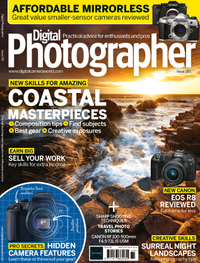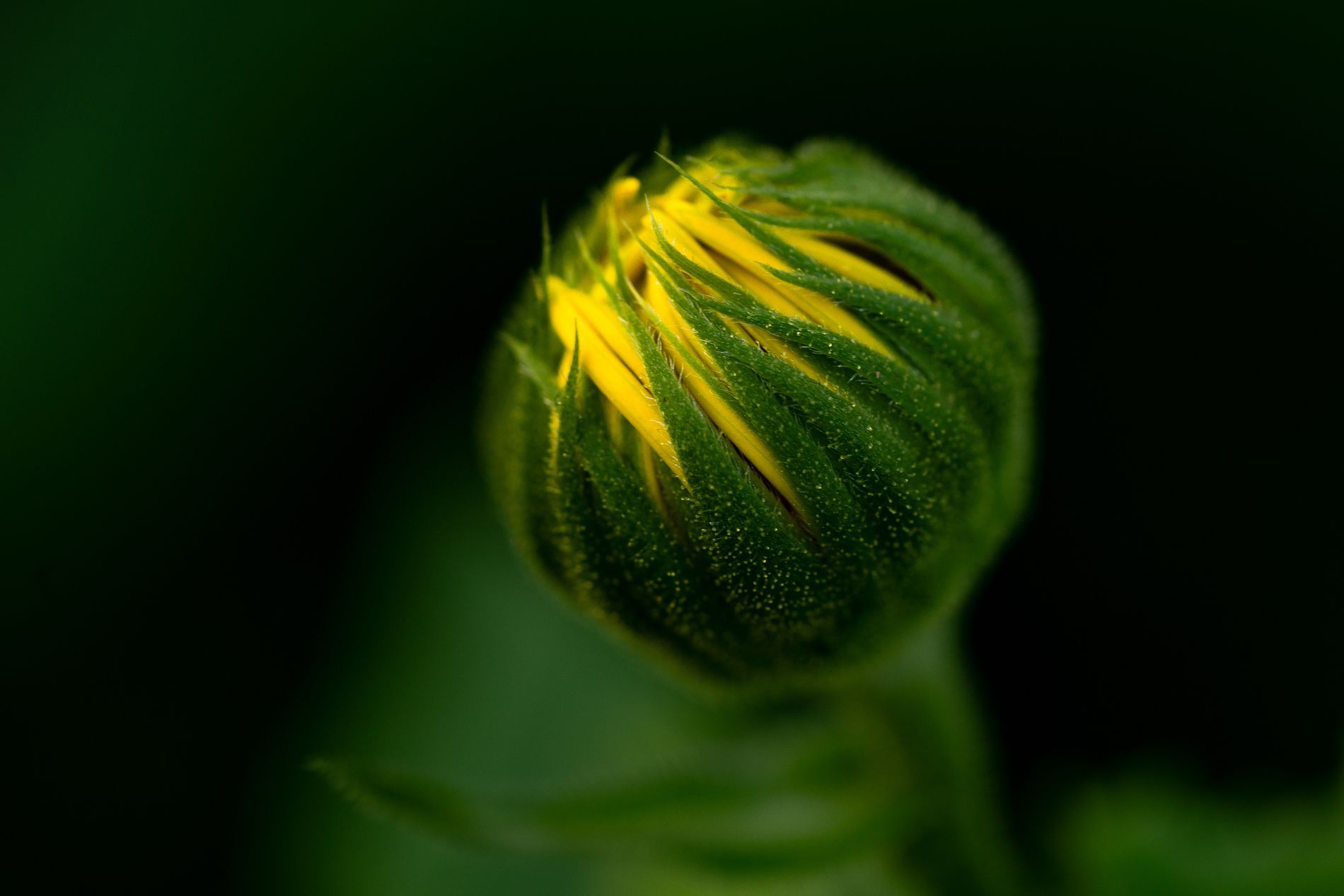"Taking just one great picture takes a lot of courage"
Environmental photographer Jignesh Chavda explains the art of timing and candid compositions
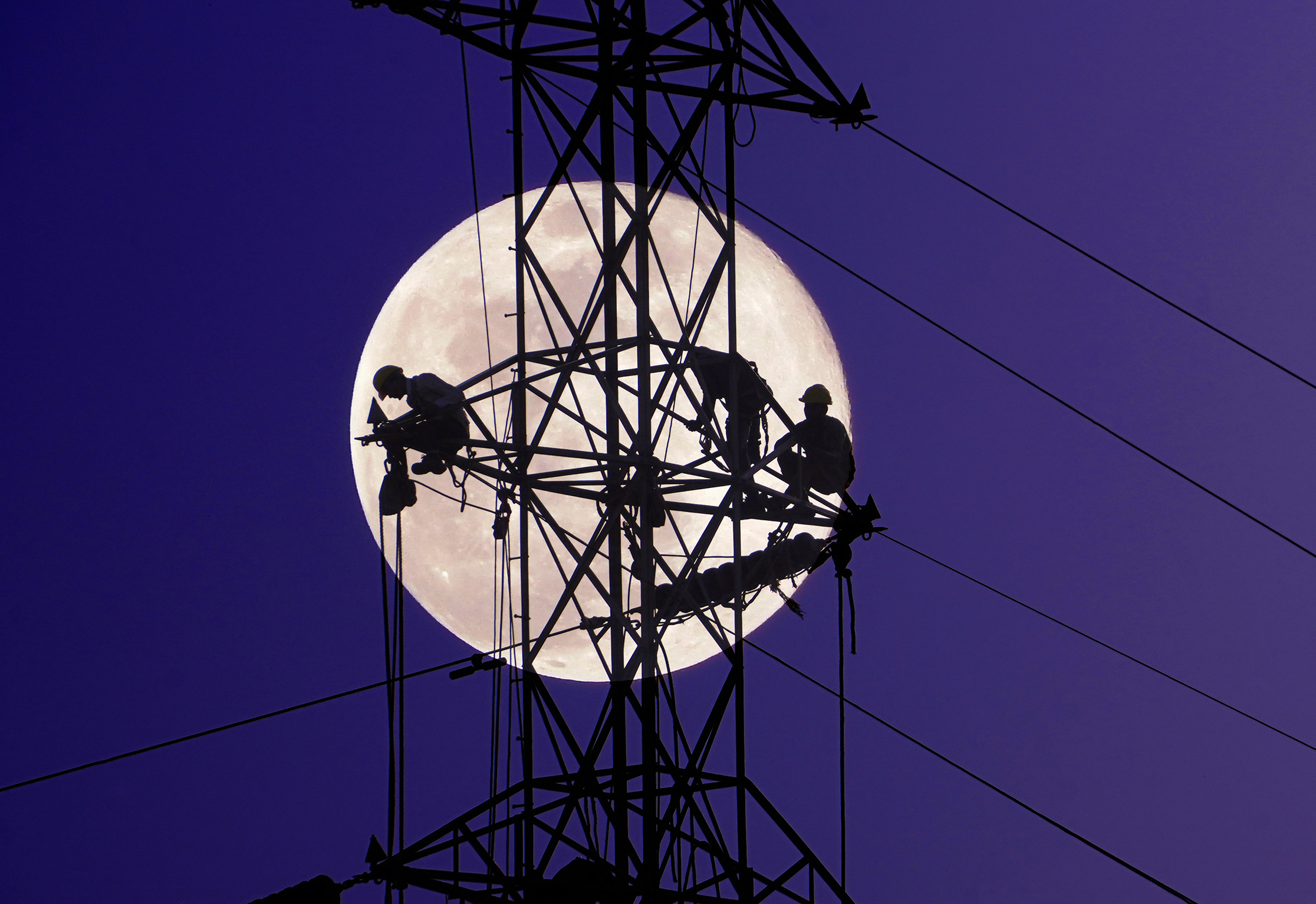
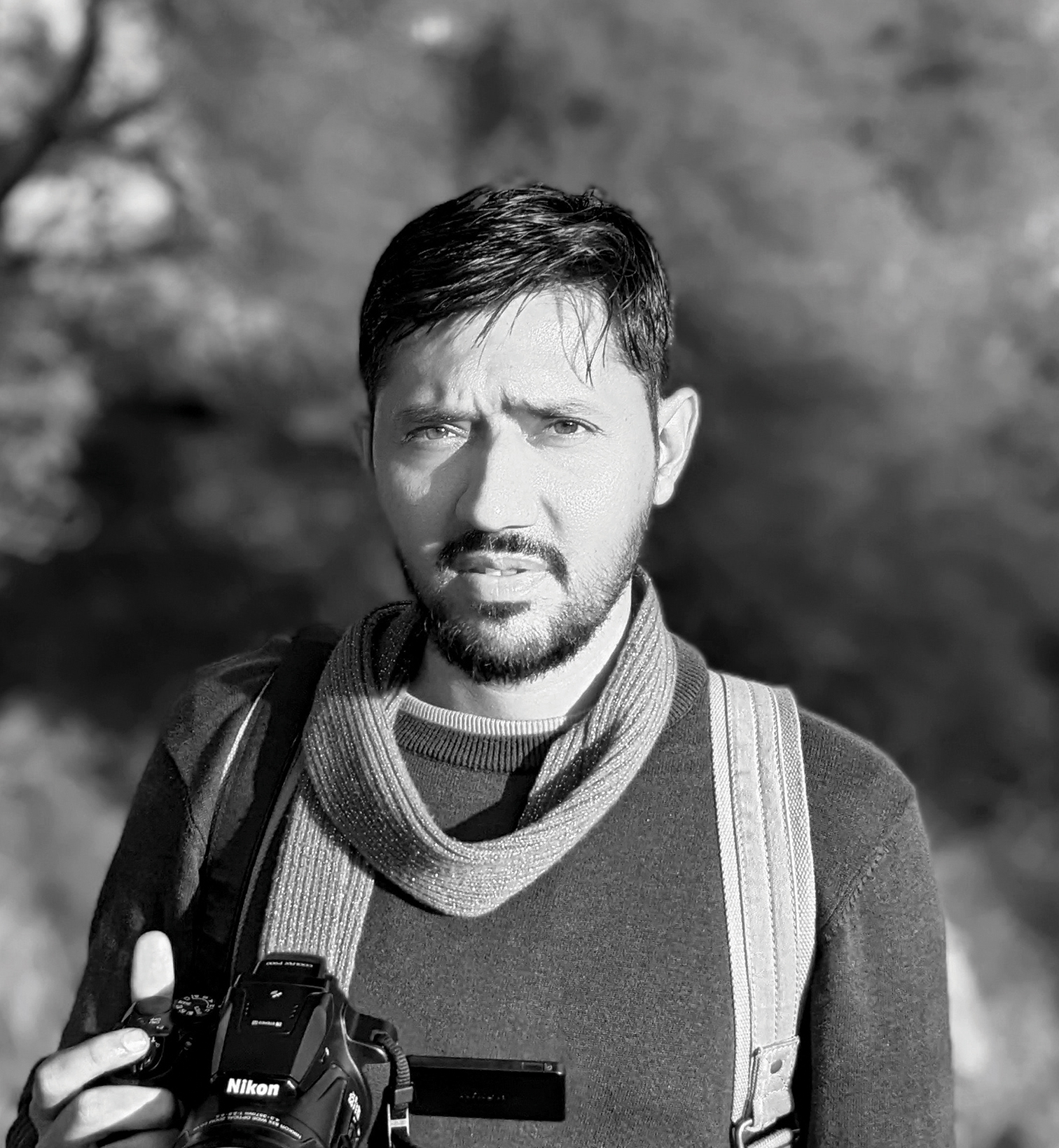
Based in Ahmedabad, India, Jignesh has a flair for candid situations and his philosophy when it comes to photography is “be patient and anticipate the shot”. A finalist in the Environmental Photographer of the Year competition, Jignesh’s work has been published on many platforms locally and internationally, including India Photo Art, Better Photography, Shutter, Street Photography, Eye Shot, nature.org and many more.
Picture a street scene in your mind – narrow bustling lanes, vibrant colors of people in local dress, vehicles of all types, maybe a traditional market featuring all kinds of exotic produce – and there’s a good chance that the scene you’re imagining could be a snapshot from India.
A modern, multicultural, yet traditional nation, Indian society comprises people from many different religions and ethnicities speaking a variety of languages and observing a wide range of traditions. Streets in India are more than just a route for traffic; they are places where work and social life come together and major interactions take place.
• These are the best travel cameras to capture moments wherever you go
For the past six years, Jignesh Chavda has been documenting life on the streets of India. With his fine appreciation of the effect of light, he offers an extraordinary view of Indian culture and its people through his lens.
For Jignesh, photography is more than just a medium for documenting people and places. It enables him to convey his impressions and visually represent his personal reflections of a rapidly changing society.
"In India, you can say home is where the work is," he explains. "In my hometown of Ahmedabad, every home has a story, every house has a shop and the people do business in a festive mood."
Interview
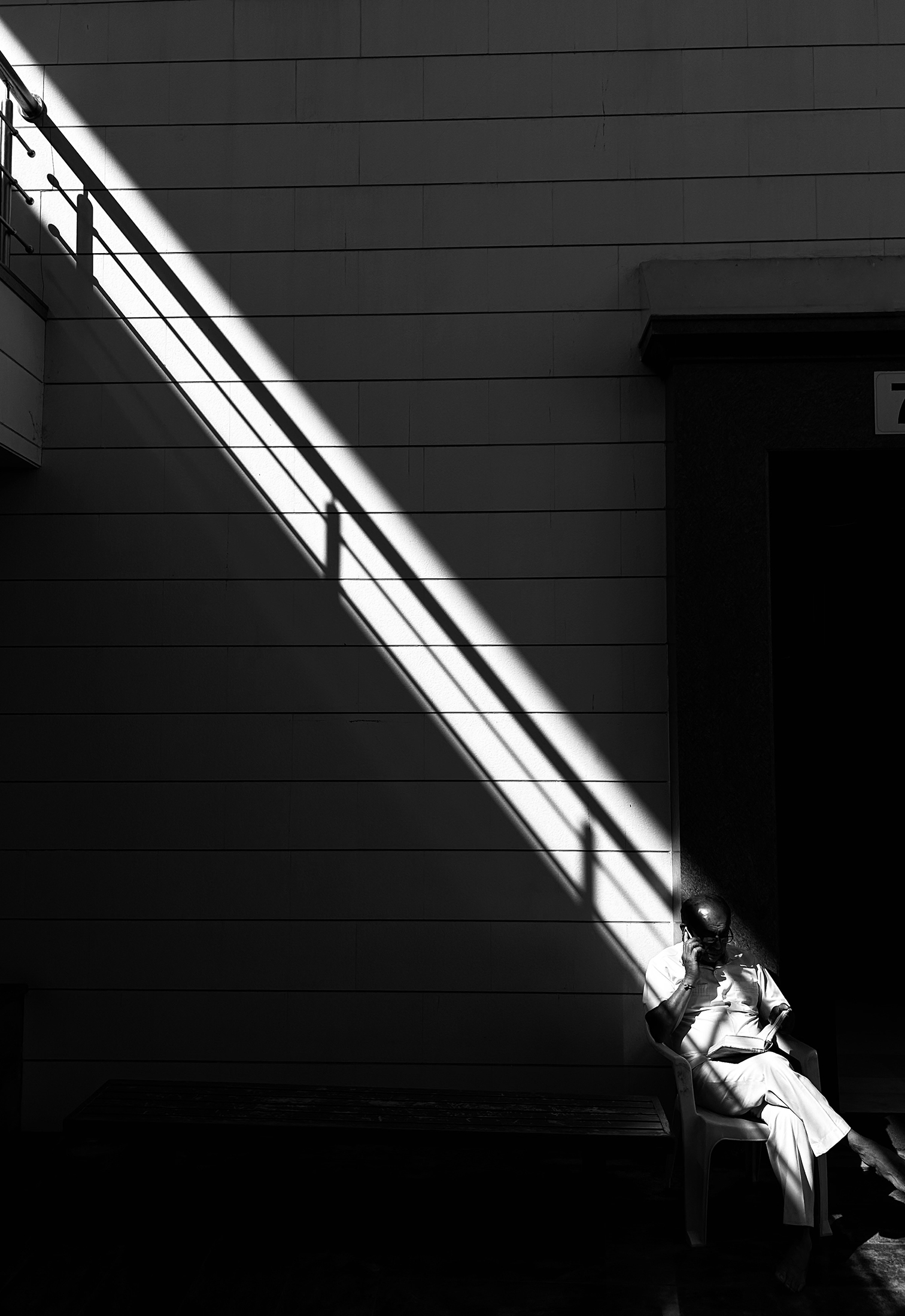
What first inspired you to pick up a camera and start shooting on the streets of India?
It’s all about the feeling. Wherever I am, when I feel something, I take a photograph. There’s something poetic about street photography. It’s not just about being there at the right time, it’s about imagination, feelings, observation and many more things.
A row of colorful houses or balconies, people displaying their emotions – old people or young children – candid moments, traditions, rituals, festive activities and many more. All these subjects inspire me to capture photographs on the streets of India. I like to combine and merge all these things together in one image.
I love watching cinematography as an inspiration for framing, but the best way to be inspired is to go out and experience new things that we can bring to our vision and subjects. I love coming across other artists and genuine street photographers.
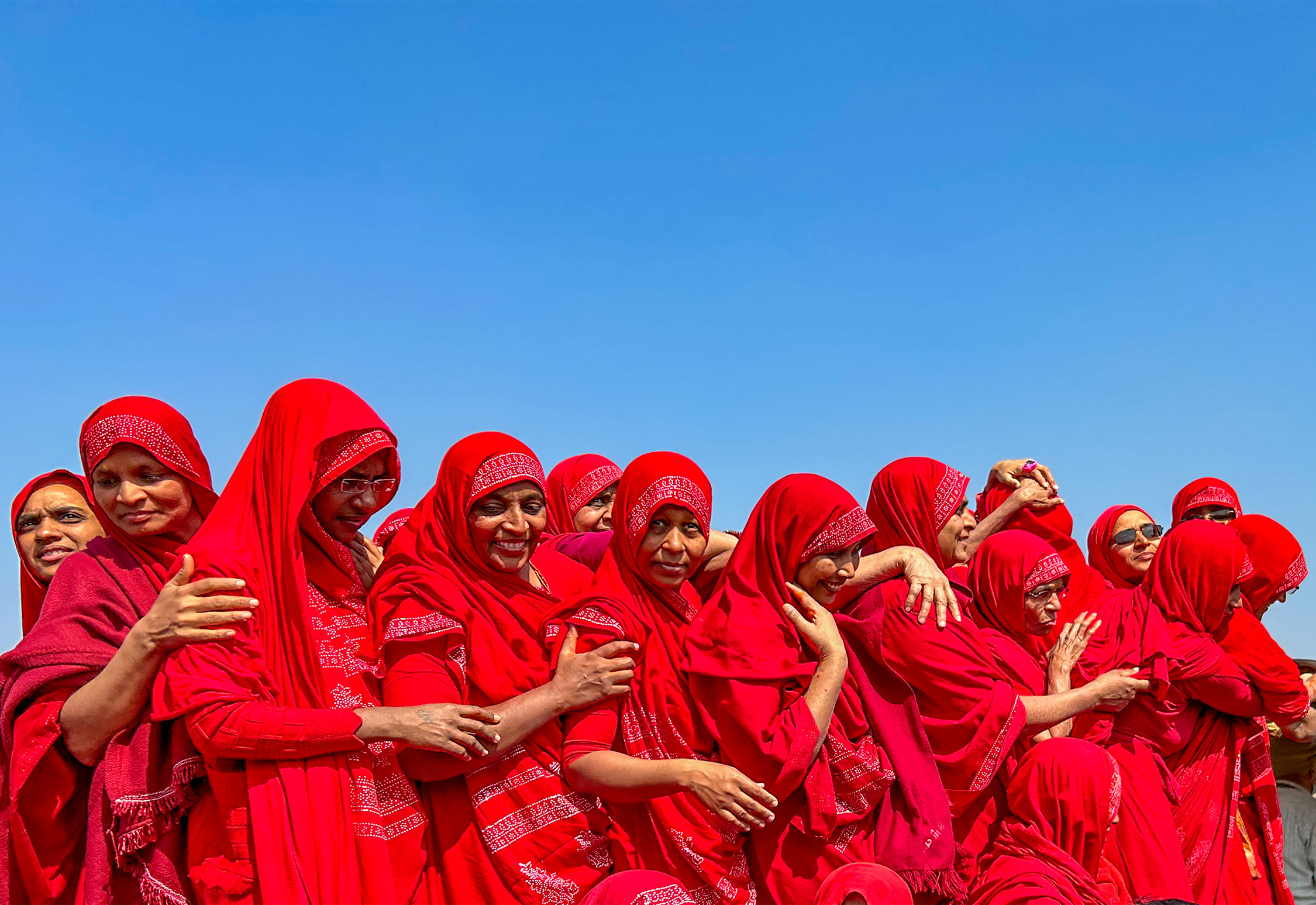
Would you describe yourself as a typical street photographer?
Maybe. I would call myself a candid street photographer but, for me, street photography is varied in how it looks and how it’s made. It shines a light on people and areas that are often neglected or ignored. We may pass these places on a daily basis, but somehow street photography allows us to see beyond that, into the detail and depth that often goes unnoticed.
On the other hand, I approach a place or situation with as few preconceptions as possible and simply try to respond visually.
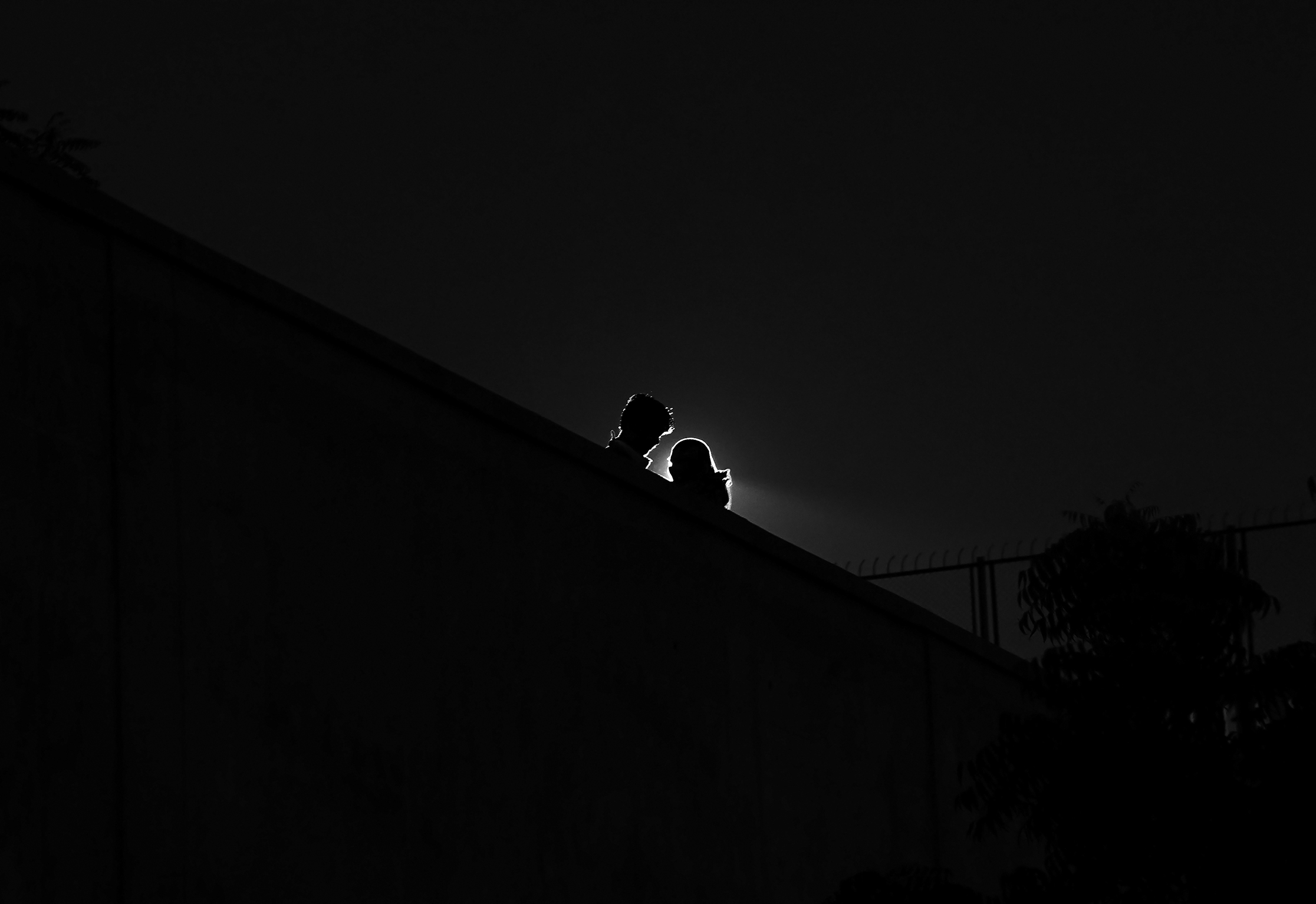
In your photographs, so many factors often come together all at once, including timing, lighting and composition. How do you create these interplays?
Whenever I go out on the streets, I give myself time to feel the location by simply putting my camera down and relaxing, looking around me and taking in everything there is to see. Then, I choose one element and try to discover all of its various aspects.
For example, on a busy street, I observe the light and see how it shines on people, flowers and the sidewalk. I watch it fall through tiny holes in grates, between the leaves or even gaps in doors and windows. Gradually, you will discover that observing just one element provides you with innumerable photographic opportunities.
Capturing that kind of image with so many factors means that you need your eyes to be looking everywhere – looking into all areas of composition and an intense observation of what is going on. Taking just one great picture takes a lot of courage, time, patience and repetition. Observation is the key, so I also prefer being in the process as an observer instead of being part of the scene.
"One way to overcome initial shyness is to approach strangers on the street and ask permission to photograph them. It’s a good way to familiarize yourself with the feeling of being vulnerable in public with a camera in your hand"
There are so many intricate layers when I compose the image. Sometimes I work with the basic rules of composition, such as the rule of thirds, but then again, I often break them, too. I try to include foreground interest to create depth with light play, but I always go with my instinct.
Get the Digital Camera World Newsletter
The best camera deals, reviews, product advice, and unmissable photography news, direct to your inbox!
I rarely go out with a concrete idea of looking for something specific. I alternate between static moments, where I choose an interesting space and light and wait for something to happen within the frame, and more dynamic situations where I approach the subjects that interest me directly. Crowded and dynamic places are great to photograph because of the multitude of situations and people that you encounter.
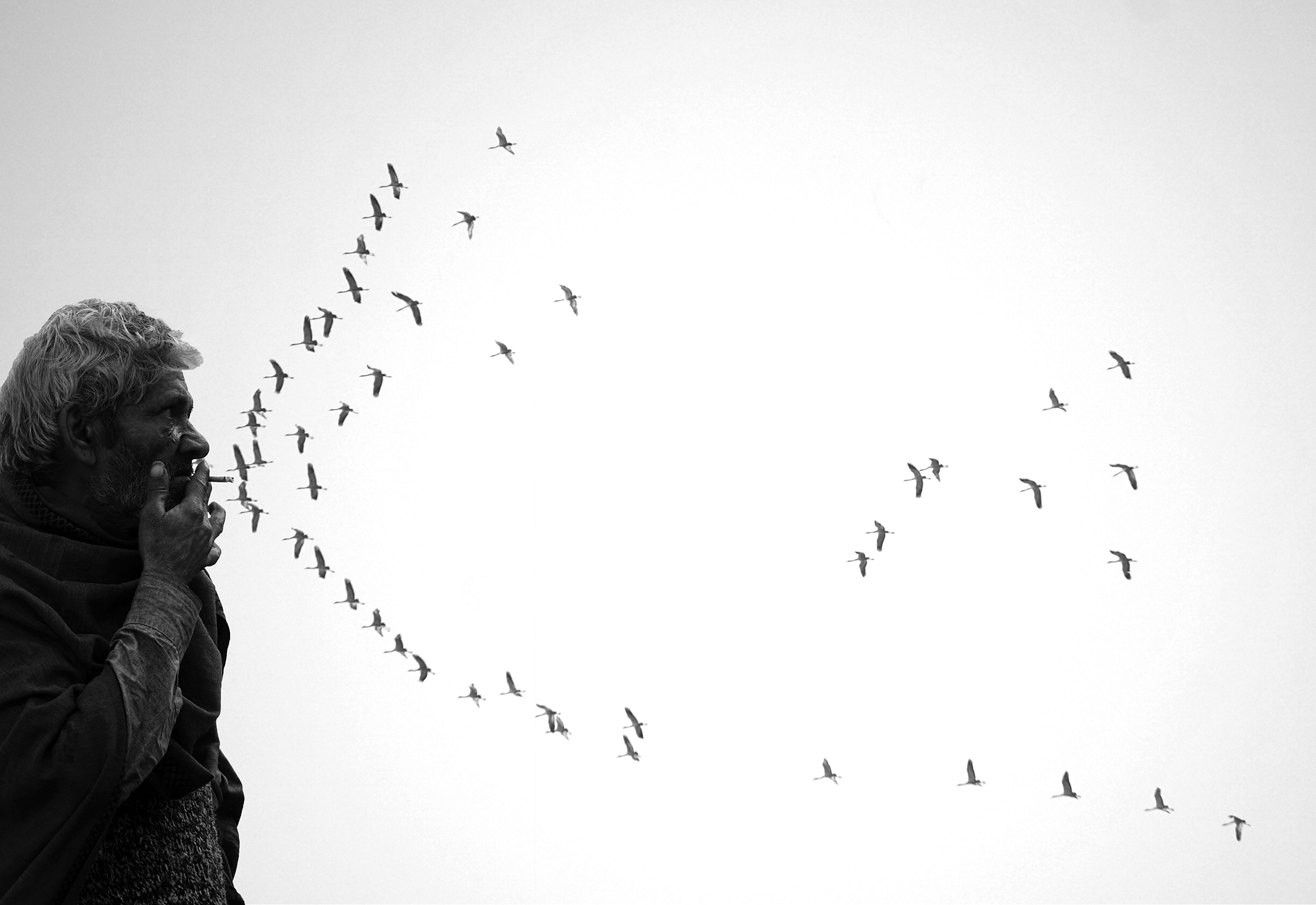
How do you decide whether a photograph will look better in black-and-white?
Sometimes, I prefer to convert photographs into black-and-white when the composition offers powerful contrast, geometrical feelings, noise and leading lines. Here, engaging and striking light play a big role. Black-and-white photography often has a more powerful and appealing visual language in its own way.
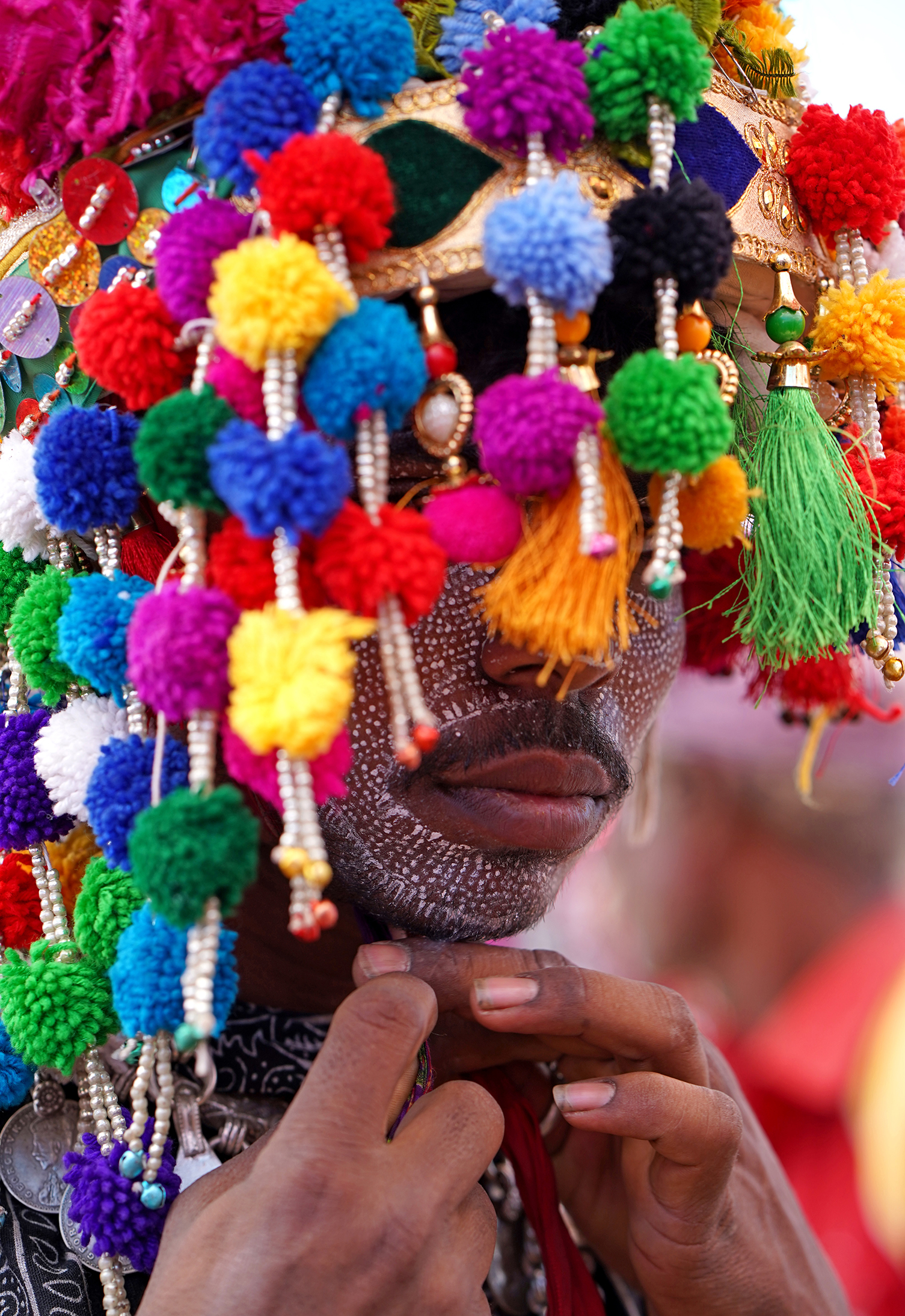
What camera are you photographing with, and what do you like about it?
I work with a Sony A7 III camera with a 35mm full-frame CMOS image sensor. I photograph with a Sigma 35mm f/1.4 DG Art lens and a Zeiss Batis 85mm f/1.8 lens, but when I’m capturing candid moments I prefer to use the 35mm lens. With this focal length, I can especially take portraits up close and adjust the angle for good lighting.
How important is it for you to show Indian traditions through your lens?
For the last three or four years, I have been travelling around the country so that I can experience and feel the culture and traditions more closely. I have a deep connection to Indian tradition and culture because of the foundation behind it – there is so much history and knowledge behind these ceremonies and I’m proud to represent them to the world through my lens. These customs are a tool of well-being and this is one of the photographic themes that I aim to show to the world.
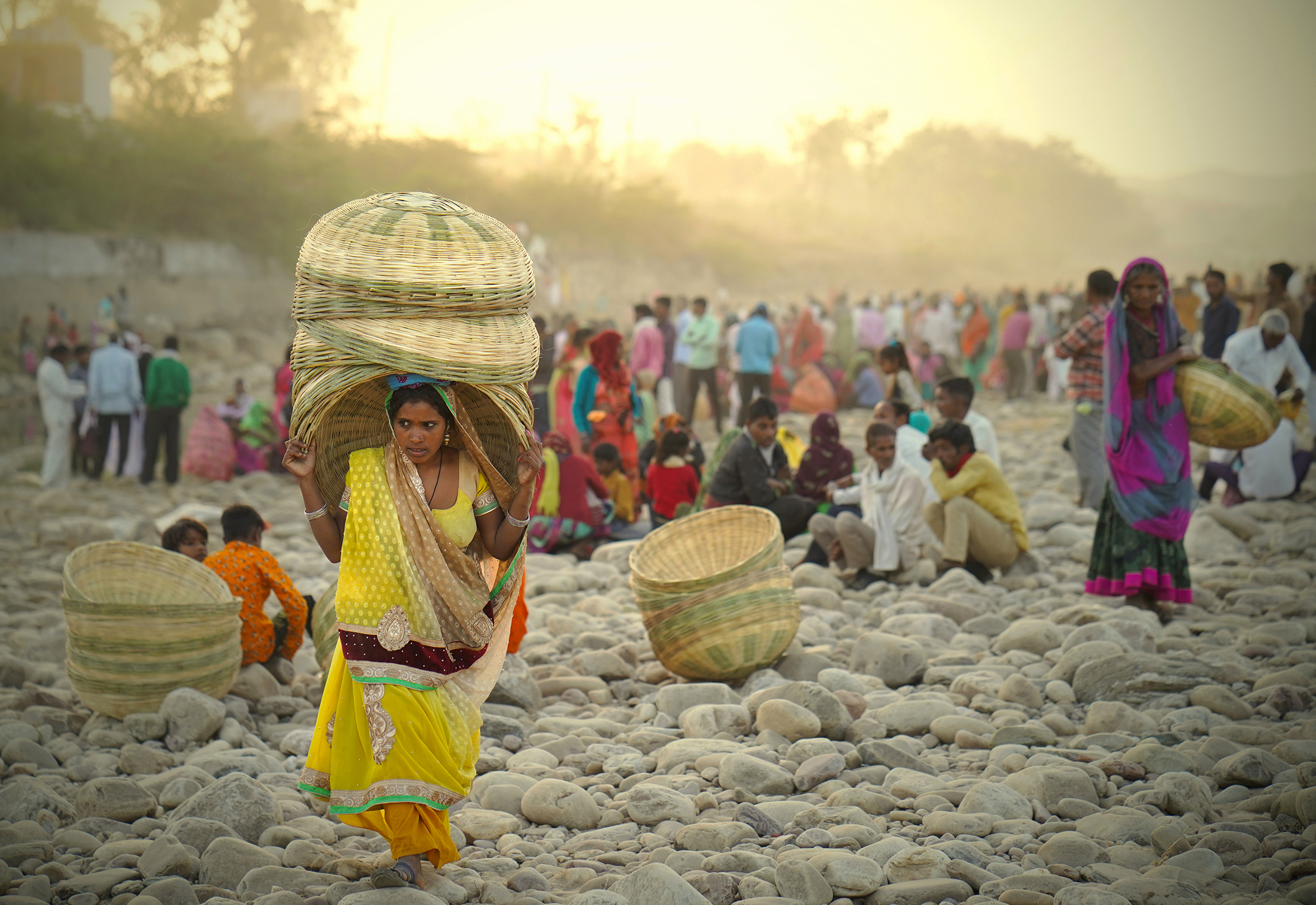
Your photographs have their own unique signature, how do you bring your creativity in when documenting the scene?
When I am out on the street, I don’t have a precise subject in mind, unless I am following a project. I believe that you have to ‘feel’ photographs – it is a mental process. My eyes and mind are constantly processing and when I start to feel something, I know that is the right moment to press my shutter.
For me, the action of the scene together in a combination of elements I have chosen to focus on as a photographer, such as geometric lines or light and shadow, is a recipe for great photos. I love to combine extraordinary creative compositions and uncommon elements. This makes a documentary photo stand out and be memorable, drawing the viewer in.
What are your next ambitions or goals in terms of your photography?
I don’t set myself goals, I just try to do my best to represent traditions that haven’t been seen before and capture the hidden charm of voices and art. In that respect, I will be working on some further documentary projects in the coming years that will hopefully raise awareness of people and our environment.
Get the best magazine for enthusiast and pro photographers delivered to your door or device with a subscription to Digital Photographer. Learn the hottest photo trends and techniques while getting essential advice on earning cash from your photography.
Make sure to pack the best lenses for travel photography, and check out the best camera bags for travel. You might also be interested in the best travel adapters and the best travel drones.
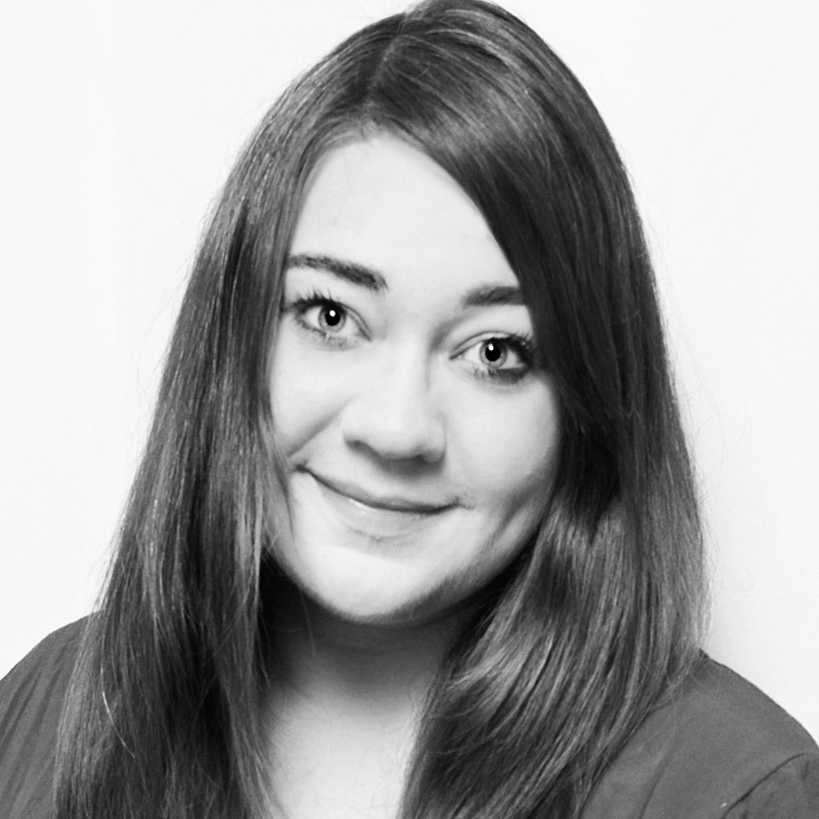
Kim is the Staff Writer on Digital Camera World, and formerly Technique Editor at Digital Photographer, focusing on the art and science of photography. With a Master’s degree in Photography and Media, she is driven to educate through an analytical approach, visually and technically. With her guides and tutorials, Kim seeks to uncover new facets of this time-honoured medium and foster a deeper understanding of its profound role in culture. Kim highlights topics that resonate with modern society, including women in photography and critical issues such as environmental conservation. She also discusses and reviews camera gear, giving you an overview to find the best fit for your photography journey.
